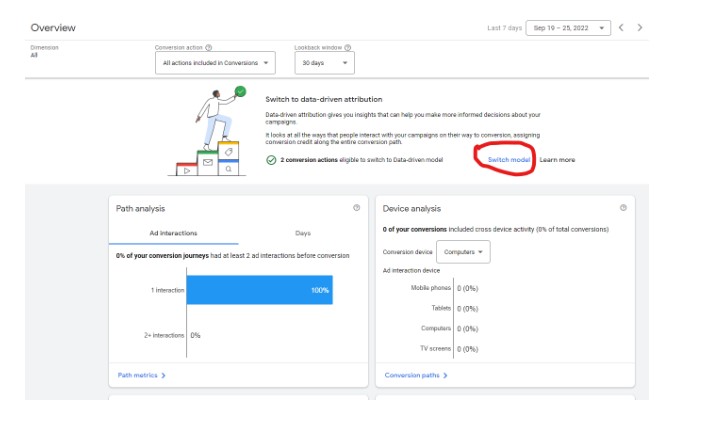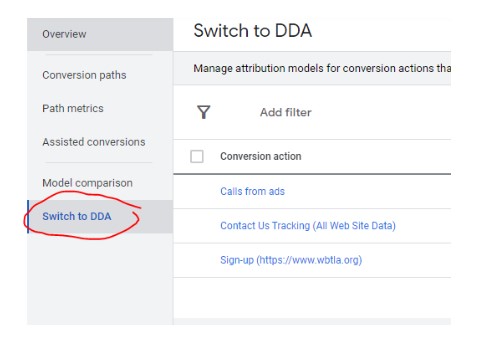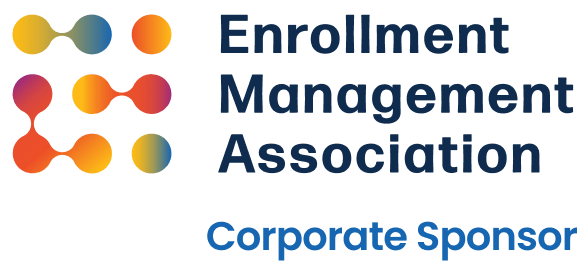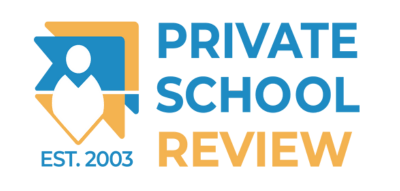By Jeremy Merkle, Director of Director of Partner Strategy & Anastasia Chichinadze, Production Director, Truth Tree
You may have recently received an email from Google signaling another automatic update to your Google Ads account. Many people are alarmed that Google is changing campaign settings, even with an email alert.
Spoiler: Don’t panic. We’ve done the research, and this automatic update isn’t bad. In fact, it may be very, very good.
Below, I’ll explain
- Google’s new “thing,”
- how it could and eventually will affect school marketing,
- the experiment we launched in August 2022,
- the initial results of the experiment,
- and how you can run experiments on your own in FIVE easy-to-follow steps.
So what is Google’s newest “thing”?
Well, a little background first. (We’re watching you. Don’t skip ahead. 🧐)
If you’ve Google Ad conversions, you likely chose last-click attribution, which gives all the credit for the conversion to the last action someone took to signal a conversion occurred. Depending on your conversion goal, this may have been an inquiry form fill, sign-up for your admission event, a phone call, or a completed application.
Google Ads are primarily a first-encounter marketing tool, and school searchers rarely take the above actions during the initial discovery phase. Therefore, it’s extremely difficult to say what cumulative actions searchers took that ultimately led to a(n)
- inquiry,
- event registration,
- phone call, or
- application.
To help you determine the cumulative actions that triggered a conversion, the newest “thing” is an attribution model Google calls Data-Driven Attribution (DDA). This Model assigns credit to all the ads that led to you doing a happy dance because they converted.
DDA was rolled out in 2021 for Google Ads’ top spenders. Just a few months ago, it became available to all Google Ad users.
In many cases, it will become the default setting soon.
What does this all mean for school marketing folks?
That’s what we at Truth Tree wanted to figure out. So to do that, we set up some tests/experiments that will continue through 2022 and well into 2023.
DDA Testing
Two of our school partners were excited to beta test DDA, so on August 2, 2022, we changed their attribution model, as shown below. We then began to observe how changing their current attribution to the DDA model would affect conversion actions.
To ensure the legitimacy of the beta test, we used their existing conversion actions, also shown below. It was important to use a mix of conversion types to help determine the effect DDA would have on each conversion action.
School #1

School #2

Each month, we will analyze the data and determine how DDA compares to the other models. We will begin to put our data analysis in the case studies section in January, 2023.
We’ll also update our e-newsletter subscribers, so if you’re not a subscriber, now is your chance.
Ready to Start Using the Data-Driven Attrition Model for Your School?
Here are the steps to get started.
***Please note, if you are currently running a strict conversion-based campaign, be sure only to click the conversion actions that WILL NOT affect your strict conversion-based campaign.
- Open Your Google Ads Account.
- Click the Wrench (Tools and Settings)
- Click Attribution

4. Click Switch model

5. You can choose all conversion actions or which ones to switch to DDA. You’ll also be able to see which model(s) you’re currently using if you are using attributions.

Still, want to dive in and learn more? Here are the Best practices for managing attribution model changes straight from Google.
In conclusion, Google has proven, for the most part (See: Death of Expanded Text Ads), that their newest “things” will benefit schools as they continue to market on the most important platform on or offline.










